A vast wilderness with rich forests, breathtaking heights and glacial lakes. Stretching across 318 000 hectares, encompassing two natural parks and one Nature 2000 area, the landscape is divided into three main areas – Țarcu Mountains, Retezat-Godeanu Moutains, and Cernei-Mehedinți Mountains in the Domogled area.
The Rewilding Landscape
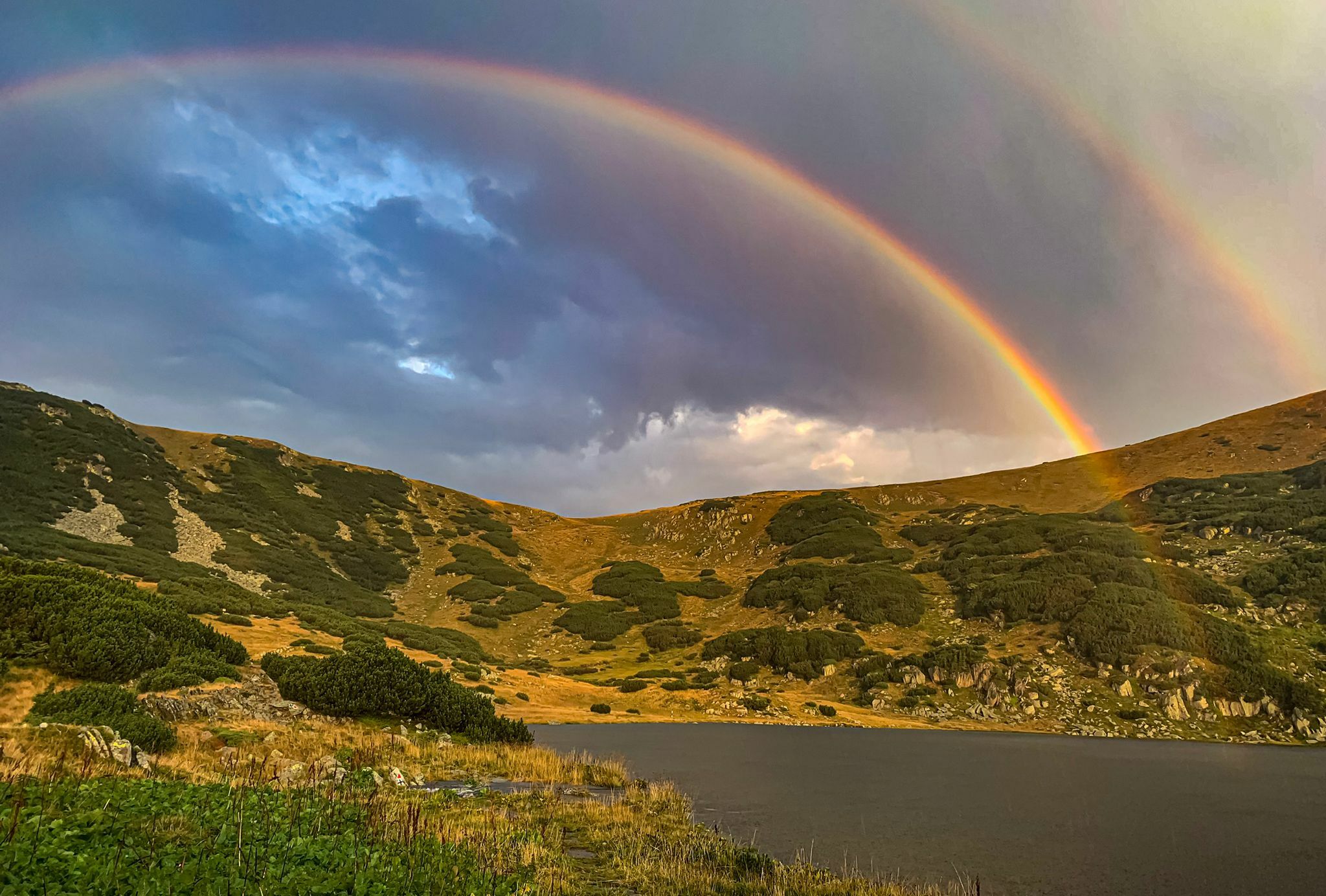
The Rewilding Landscape has three main areas: Țarcu Mountains, Retezat-Godeanu Mountains and Cernei-Mehedinți Mountains. With a surface of approximately 318.000 hectares, here you can find protected areas, unique landscapes and rich biodiversity. Large intact forests, wilderness, mountain rivers, mosaic vegetation resulted from grazing and traditional practices and wildlife.
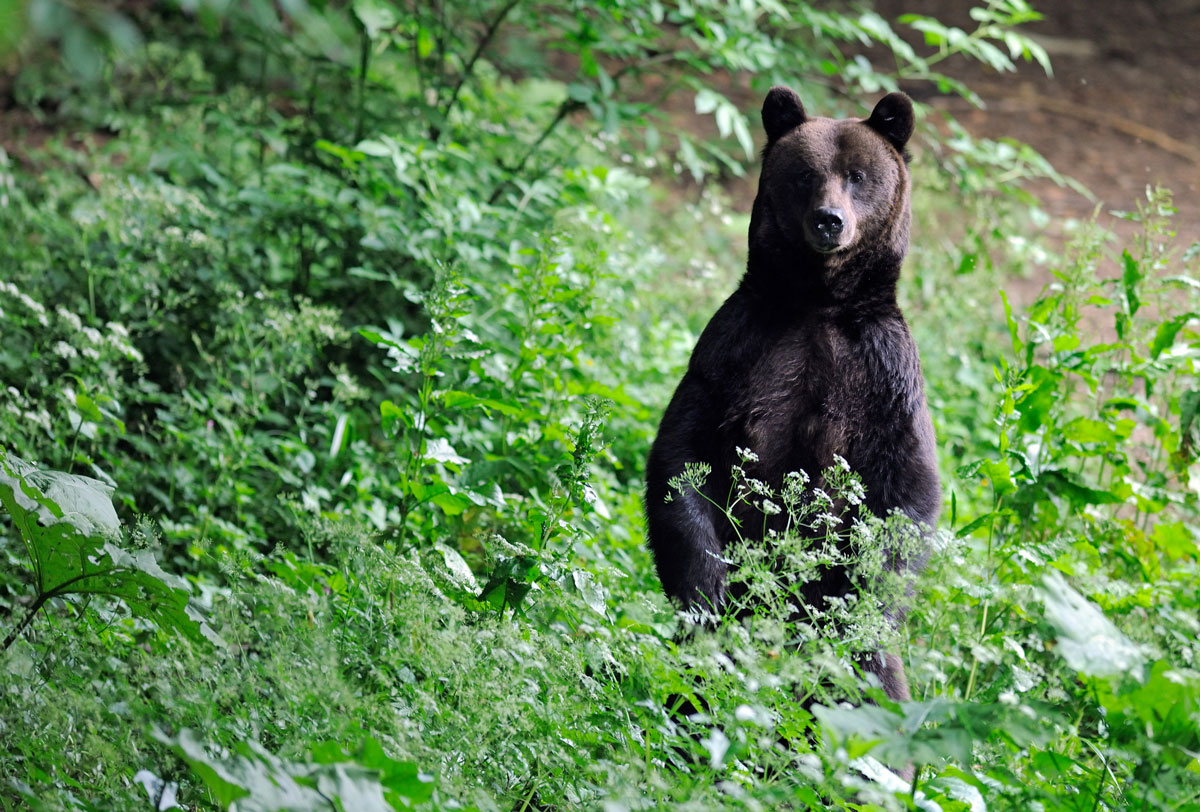
In this area now live free more than 180 bison, and 55 other mammal species like bear, wolf, lynx, chamois, deer, beech marten, european pine marten, stoat, wildcat etc.
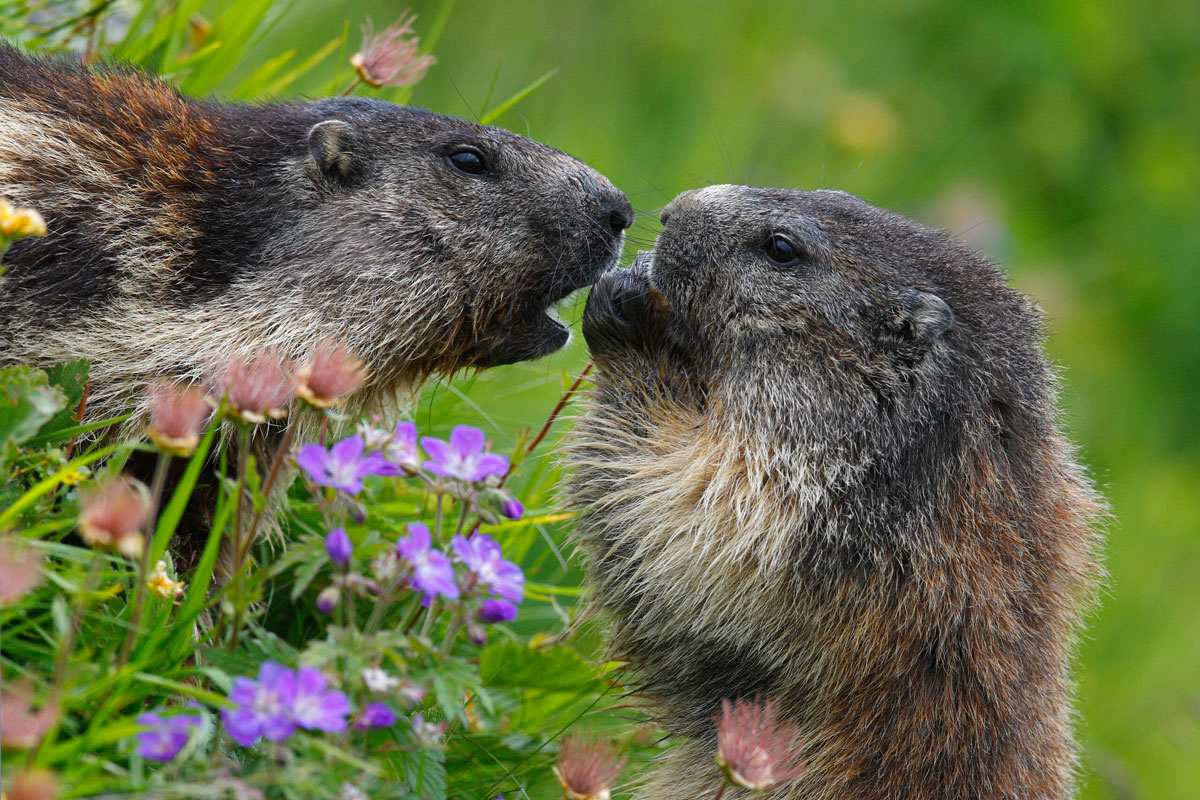
Amongst all the mammal species two of them are unique to this area: the bison living in the Țarcu Mountains, which can only be found in the country in two other areas – Vânători Neamț and Făgăraș Mountains and the marmot, which only lives in two other mountain groups – Făgăraș Mountains and Rodnei Mountains.
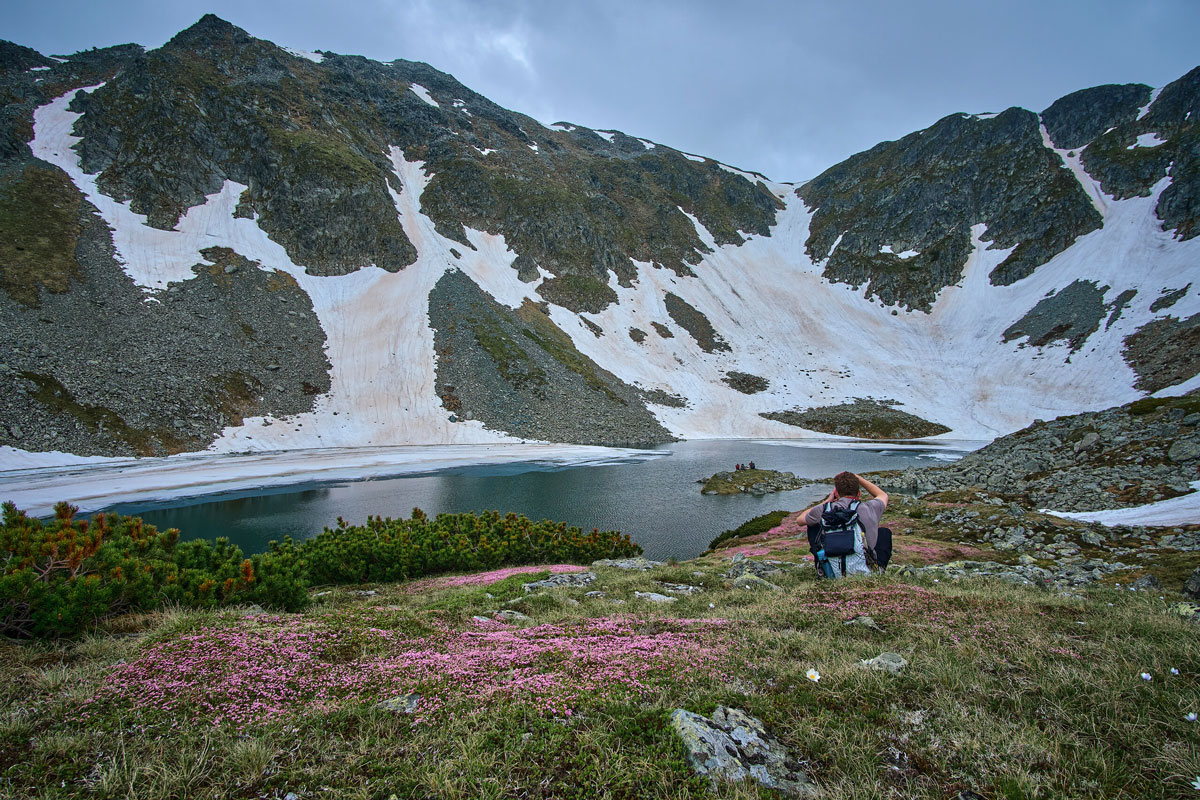
The Retezat Mountains are famous for having little over 80 glacial lakes (40% of the glacial lakes in Romania), the largest glacial lake – lake Bucura, the deepest glacial lake – lake Zănoaga and the highest situated glacial lake: lake Tăul Porții.
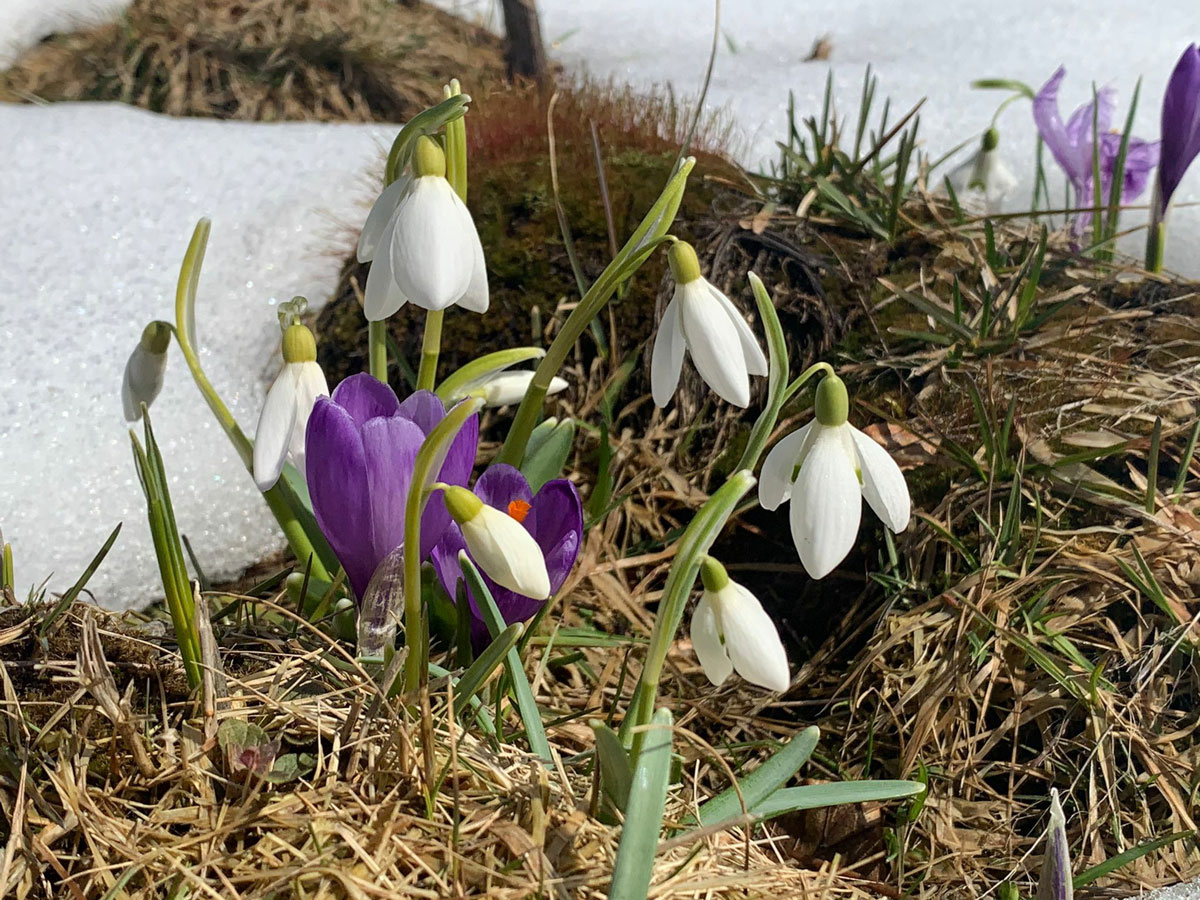
In Retezat-Godeanu Mountains and Cerna-Mehedinți Mountains there are over 1300 plant species, representing a third of the total plant species in the country. Here, you can also find over 100 endemic and rare plant species like spring whitlowgrass, rhododendron myrtifolium, nigritella rubra, lady’s-slipper, edelweiss and the famous pinus nigra.
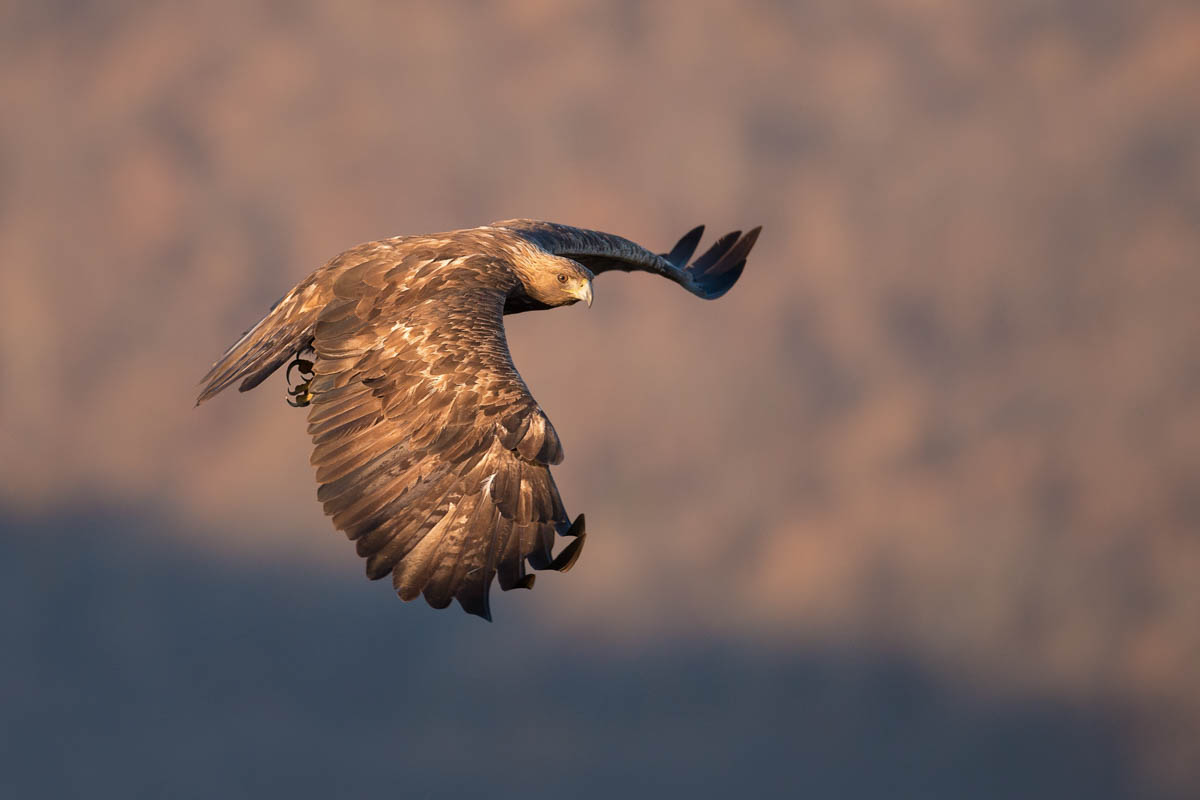
Living in the Rewilding Area are over 110 bird species, a quarter of the total bird species in Romania. Many of are protected species and hold an important role for the ecosystem: golden eagle, lesser spotted eagle, eurasian hobby, western capercaillie, hazel grouse, corncrake, middle spotted woodpecker, eurasian three-toed woodpecker, white-backed woodpecker, white-gorgeted flycatcher, etc.
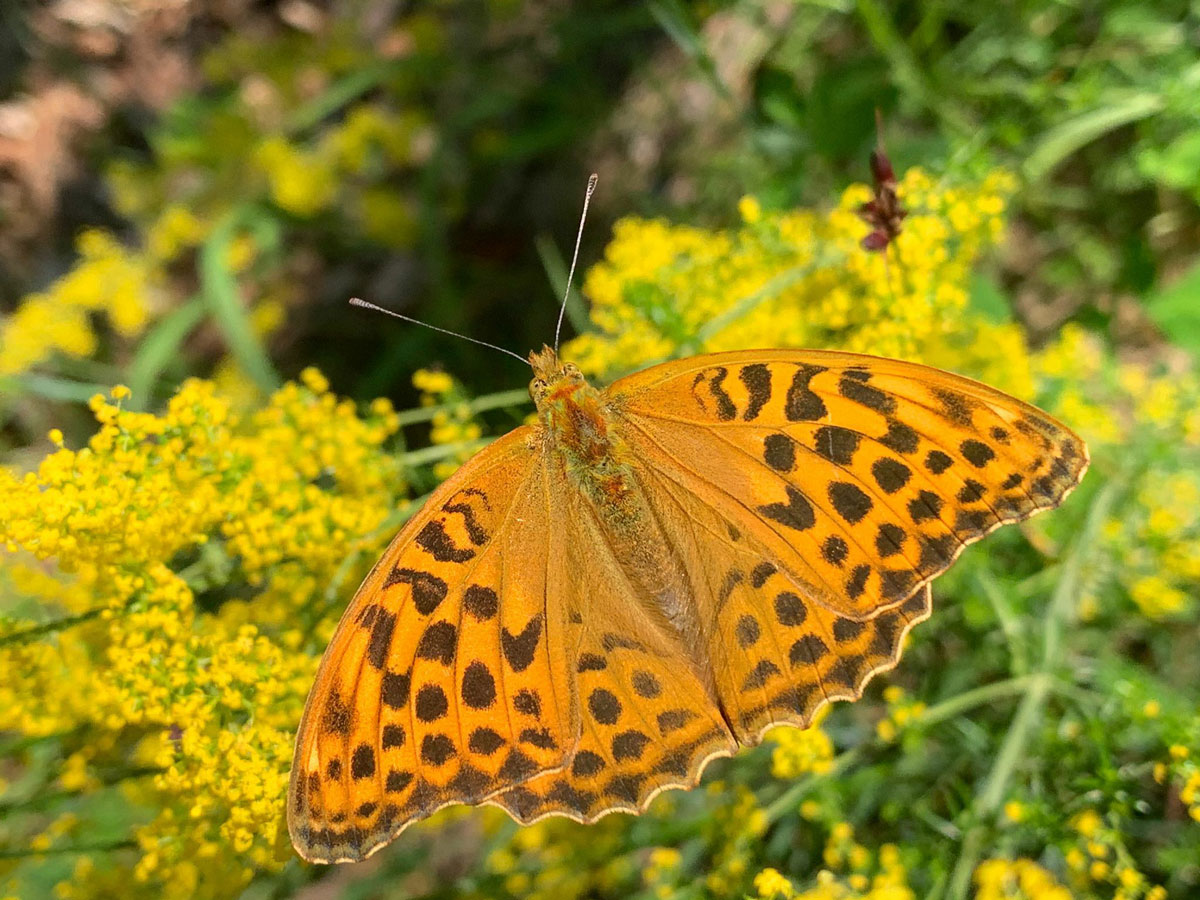
In the present there is no official inventory for the invertebrate species in the area, but based on observation, their number is impressive. At least 30 endemic invertebrate species in the Retezat Mountains and at least 1100 butterfly species.
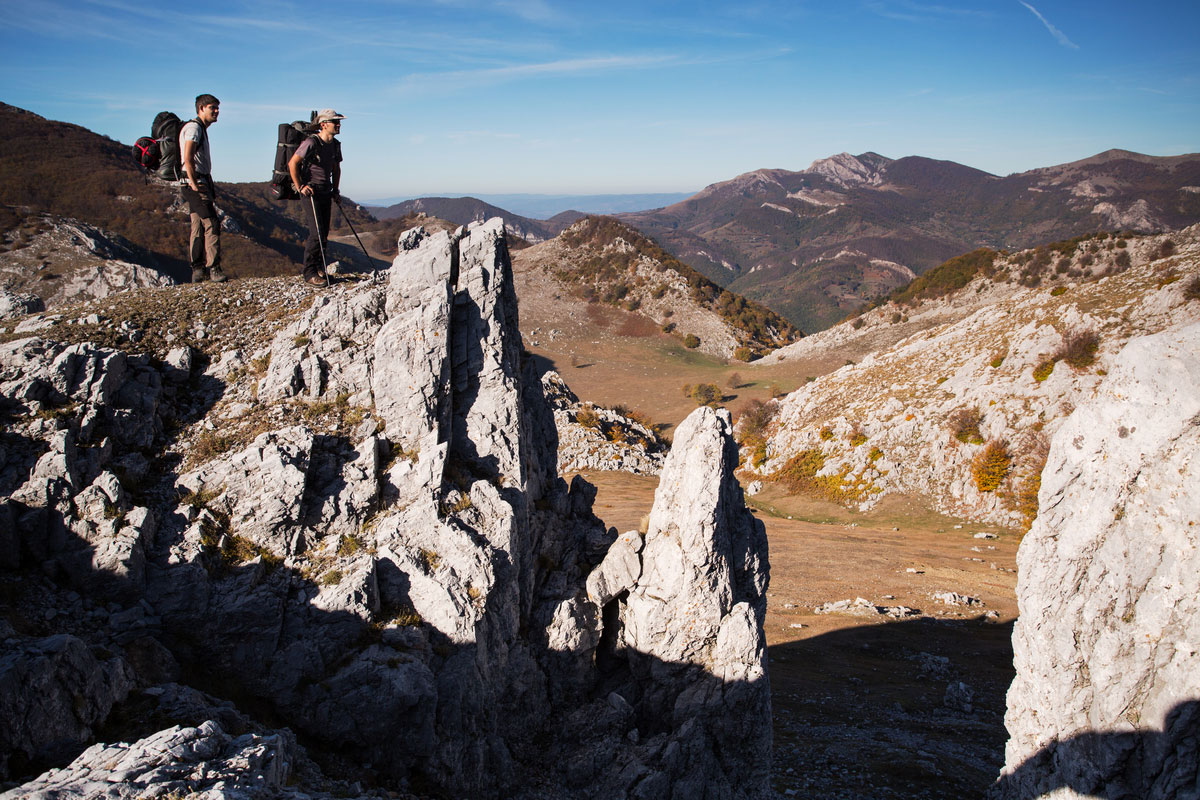
The Cerna-Mehedinți Mountains stretch across the Cerna river, with breathtaking cliffs that hide a unique way of living for both humans and animals. In the valley we find climbers, runners and nature enthusiasts camping. Inside the cliffs we find important bats colonies. And above the cliffs, in the 40 isolated hamlets reachable only on foot or on the back of the horse, we find small rural communities, people living a traditional way of life, in a peaceful collaboration with nature.
What are we doing here?
Wildlife comeback
European bison (or Wisent) disappeared from Romania over 200 years ago. The rewilding method recognises the importance of biodiversity for the health of the ecosystem so, in 2014, through the partnership signed between Rewilding Europe and WWF Romania, the first two translocations took place with the aim of building the base for a viable bison population in the Țarcu Mountains – Southern Carpathians. Now, the population counts 200+ individuals and continues to grow, bringing benefits for both nature and people.
Wilder nature
The human impact affected biodiversity over time. Although the effects of human activity can’t always be seen with the naked eye, plant and animal species are disappearing because of our negligence. Through rewilding, nature is empowered, is given space and is protected, so that the natural processes are restarted and wildlife can return and prosper.
Nature-based enterprises
Nature is not an infinite resource, but it can be a source of income. Our initiatives kickstart a sustainable economy, where everything nature gives is used responsibly. We support local producers and entrepreneurs that want to develop a nature-friendly business, by helping them create a business plan and find financing to make it happen.
